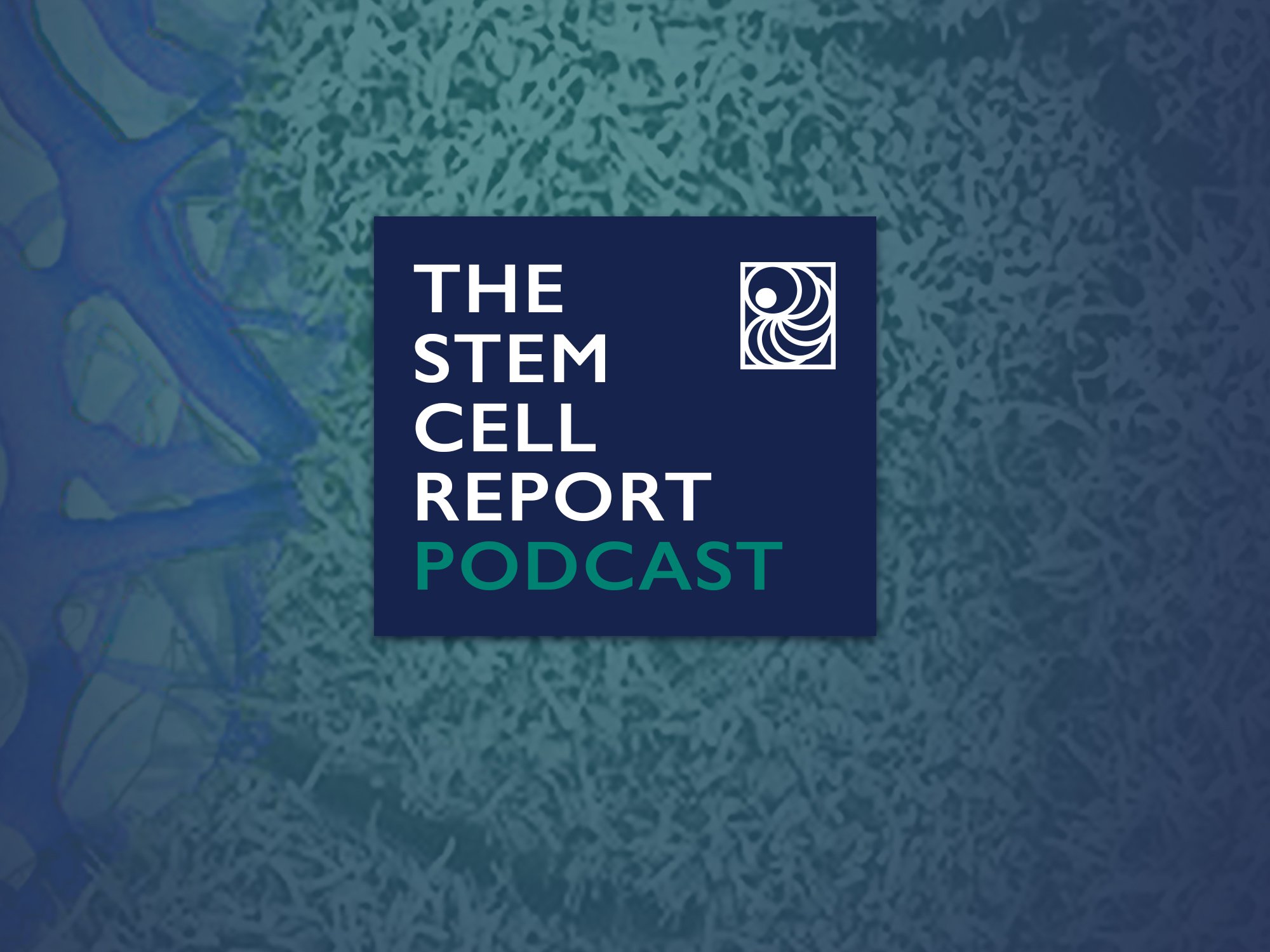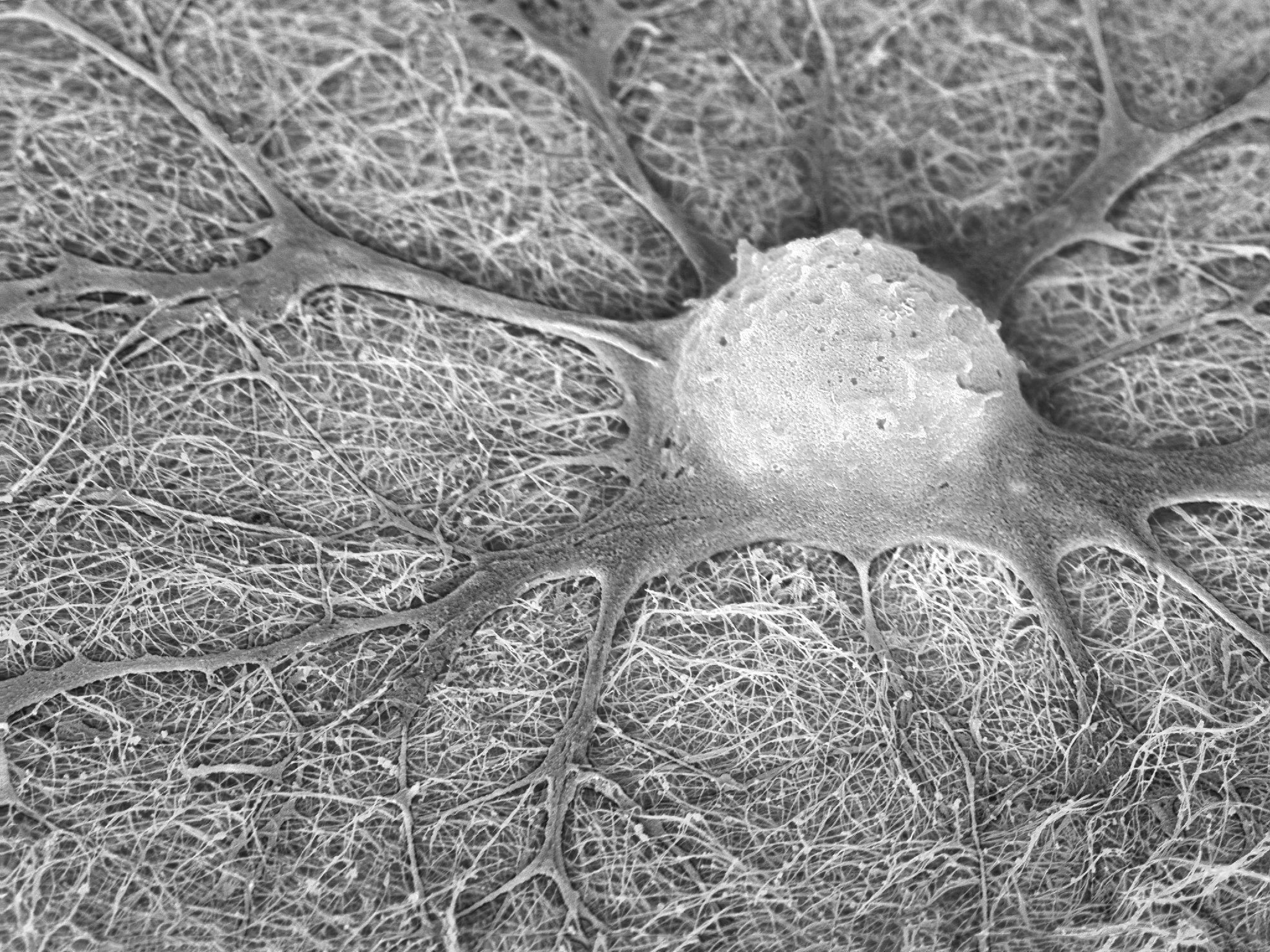ISSCR News

New Podcast Episode. Leaving an Imprint: The Function, Impact, and Detection of Epigenetic Marks
Parent-specific epigenetic marks (imprints) leading to parent-specific gene expression are crucial for normal growth and development, yet their mechanisms of establishment and maintenance are not fully understood. In humans, approximately 200 imprinted genes have been discovered, and improper imprinting can manifest in growth restriction, obesity, intellectual disabilities, behavioral abnormalities, and an increased risk of certain cancers. While the use of pluripotent stem cells, especially those in the naïve state, have advanced aspects of modeling early development, a persistent issue hampering bona fide naïve hPSCs is the erosion of imprints. Our guests on today's episode will discuss genomic imprinting, its function, impact, and a new reporter system of imprinted gene expression in hPSCs that enables real-time visualization of loss-of-imprinting at single-cell resolution. This assay provides an important tool to help discover how to improve the imprint fidelity of naïve hPSCs and hence their application for studies of human development and regeneration.

New Podcast Episode. Don’t Dull the SPARCL: The Lung Microvasculature and its Role in Development
The mature lung in both humans and mice is highly vascularized, with approximately 30% of all cells being endothelial cells (ECs). The blood vessels have a physiological role in gas exchange within the tissue, but the vascular cells have additional role(s) beyond supplying oxygen and nutrients to the tissue. For example, the adult lung endothelium responds to injury by activating pathways for alveolar re epithelialization and during embryonic development, disrupting vascularization ex vivo affects the stereotypical pattern of airway branching, consistent with a perfusion-independent crosstalk between the endothelium and epithelium. Today’s guests explore the molecular contribution of ECs and pericytes to the differentiation of distal airway progenitor cells into mature alveolar epithelial cells and will discuss the broader role of the vascular system in the maturation and regeneration or the lung.

ISSCR Guidelines Update Now Available in Chinese
The ISSCR is pleased to announce the availability of the Chinese language version of the ISSCR 2021 Guidelines for Stem Cell Research and Clinical Translation.

New Podcast Episode. A Look Into the Future of Stem Cell Reports: A Conversation with Janet Rossant
In this special edition of the podcast, we will talk with the new Editor-in-Chief Janet Rossant and hear about her vision for the journal, its promising future, and what she sees as some of the exciting prospects over the horizon for stem cell research. We will also talk with Yvonne Fisher, the journal’s Managing Editor, and Jack Mosher of the ISSCR, about the evolution of the journal and its role in the Society.

New Podcast Episode. SeqVerify: A New Easily Accessible Tool for Comprehensive Cell Line Quality Assessment
During the last decade, advances in genome editing and pluripotent stem cell (PSC) culture have let researchers generate edited PSC lines to study a wide variety of biological questions. However, abnormalities in cell lines such as aneuploidy, mutations, on-target and off-target editing errors, and microbial contamination can arise during PSC culture or due to undesired editing outcomes. To ensure valid experimental results and the safety of PSC-derived therapeutics, it is important to detect these abnormalities and choose PSC lines without them. Existing quality control methods typically focus on detecting one type of abnormality. Whole genome sequencing is an all-in-one detection method for any abnormality involving changes to DNA sequences but until now it has required considerable computational expertise. Today’s guests will discuss a new computational tool, SeqVerify, that analyzes short-read WGS data for quality control of wild-type or edited PSCs. The platform provides an end-to-end analysis framework that can be a valuable quality control method for researchers working with PSCs, and more broadly, for cell line quality control in general.

Receive ISSCR Press Releases
Sign up be a part of ISSCR’s media list. Media Contact: Kym Kilbourne, Director of Media and Strategic Communications
Subscribe to ISSCR News.
Each month, ISSCR delivers scientific, policy, and community to your inbox .
